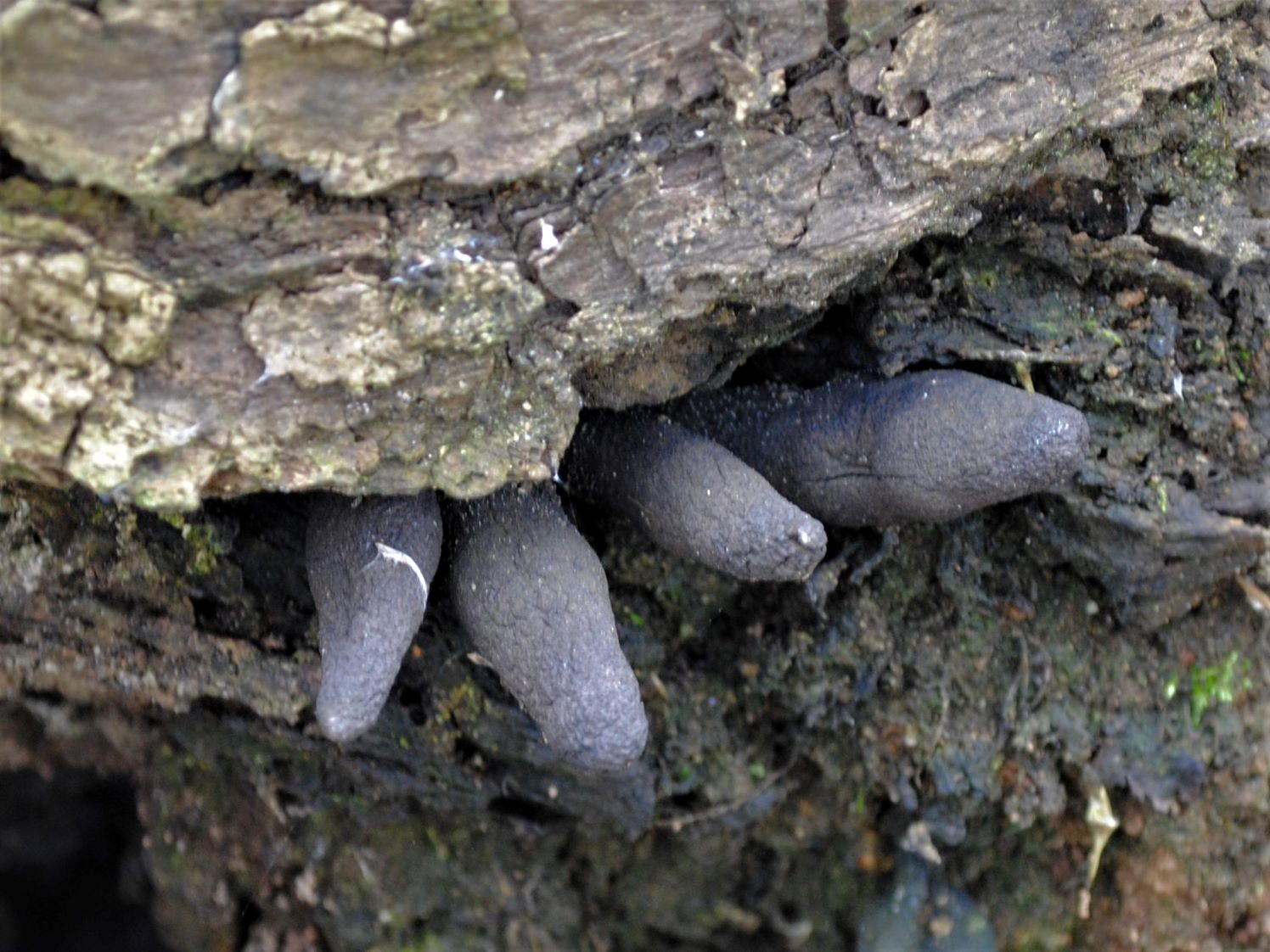In the world of fungi, some species are known for their unusual appearances and intriguing characteristics. One such example is the fungus commonly referred to as “Dead Man’s Fingers” (Xylaria polymorpha). This peculiar fungus has garnered attention not only for its name but also for its unsettling resemblance to human fingers.
The name “Dead Man’s Fingers” comes from this uncanny resemblance, stirring the imagination and often leading to various folklore and myths surrounding the fungus. Its grotesque appearance has made it a subject of curiosity for both mycologists and nature enthusiasts alike.
Dead Man’s Fingers typically fruit in late summer to autumn, and their growth can be influenced by environmental conditions, such as moisture and temperature. While they might seem ominous, they are a natural part of the forest’s life cycle.
The eerie appearance of Dead Man’s Fingers has led to various cultural interpretations and myths. In some traditions, they are seen as a symbol of death and decay, while others view them as a representation of the cycle of life and the interconnectedness of nature. Their striking look makes them a popular subject in photography, art, and even horror stories.
 This Fungus is Known As ‘Dead Man’s Fingers,’ and It Is Quite Disturbing
This Fungus is Known As ‘Dead Man’s Fingers,’ and It Is Quite Disturbing